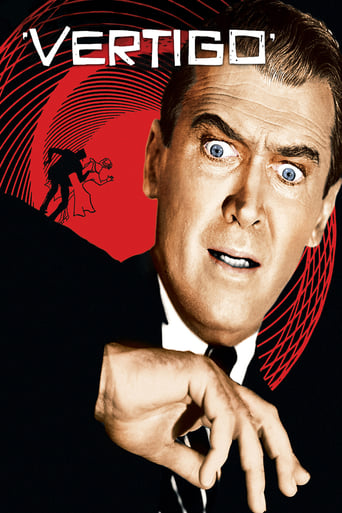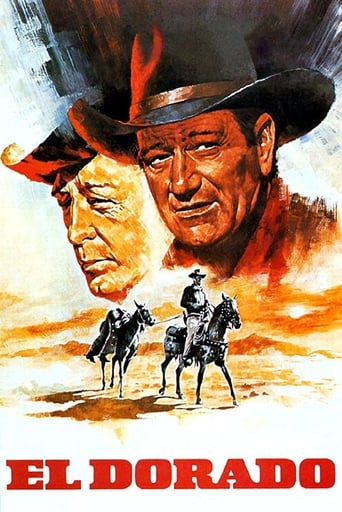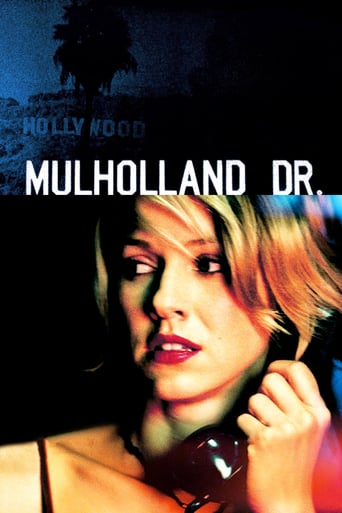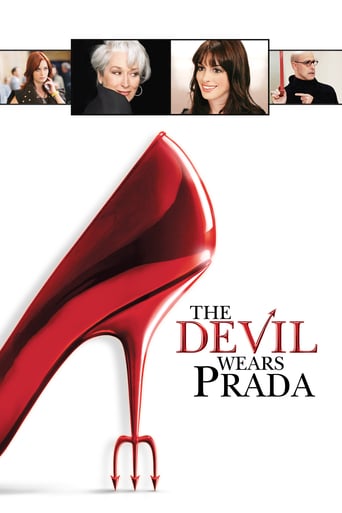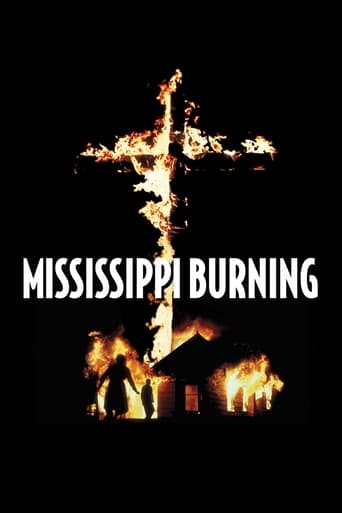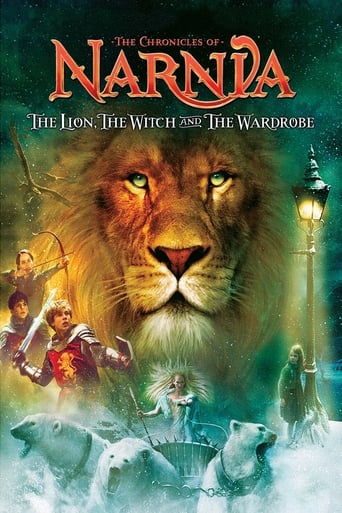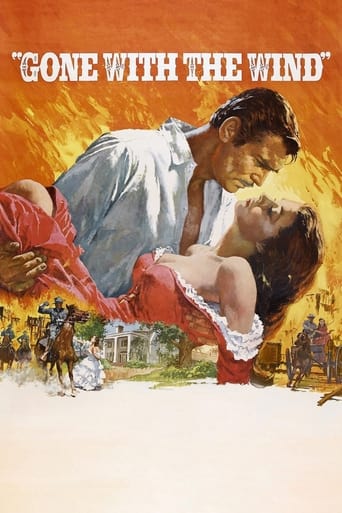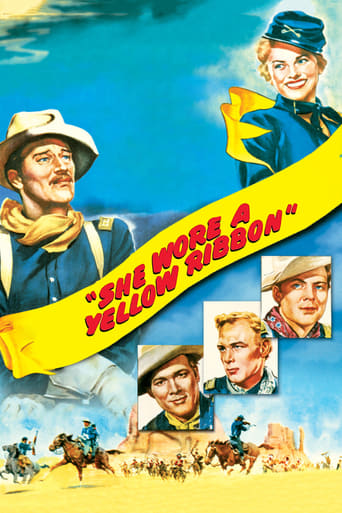


She Wore a Yellow Ribbon
On the eve of retirement, Captain Nathan Brittles takes out a last patrol to stop an impending massive Indian attack. Encumbered by women who must be evacuated, Brittles finds his mission imperiled.
-
- Cast:
- John Wayne , Joanne Dru , John Agar , Ben Johnson , Harry Carey, Jr. , Victor McLaglen , Mildred Natwick


Similar titles
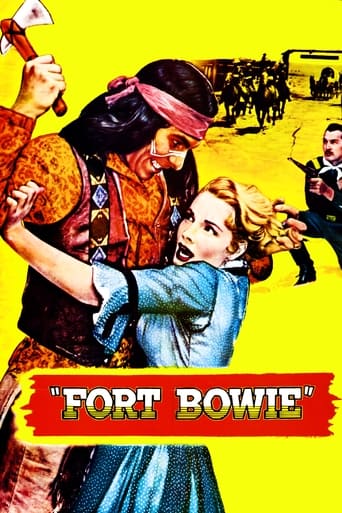


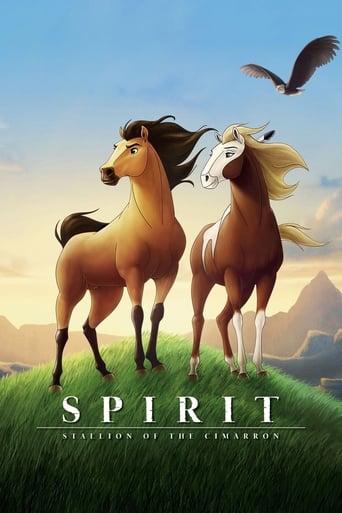
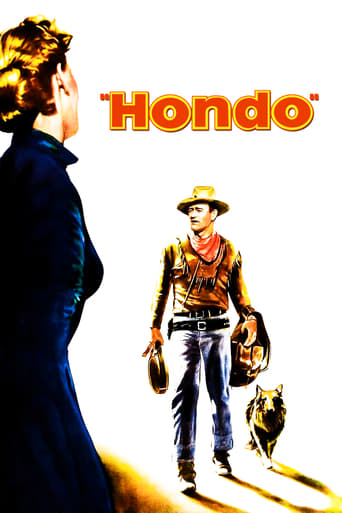
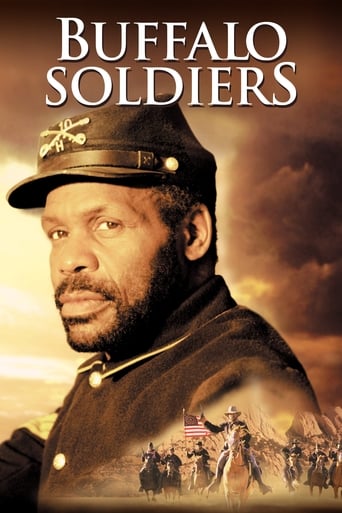
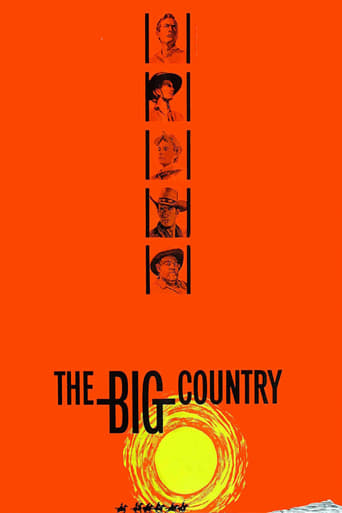
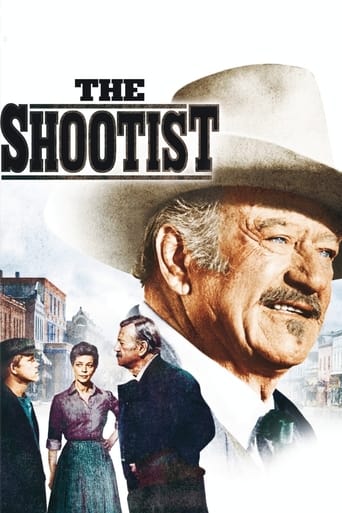
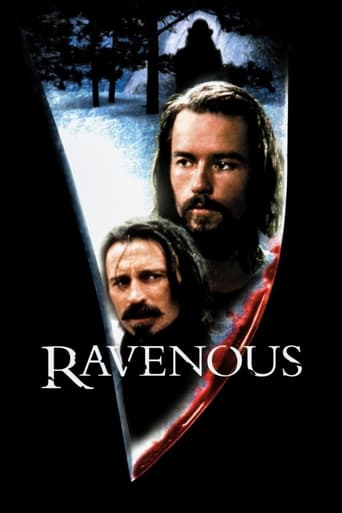

Reviews
Why so much hype?
Sadly Over-hyped
It's the kind of movie you'll want to see a second time with someone who hasn't seen it yet, to remember what it was like to watch it for the first time.
It is a whirlwind of delight --- attractive actors, stunning couture, spectacular sets and outrageous parties. It's a feast for the eyes. But what really makes this dramedy work is the acting.
Executive producers: John Ford, Merian C. Cooper. An Argosy Pictures Production, released through RKO-Radio Pictures. Copyright 26 July 1949 by Argosy Pictures Corp. New York opening at the Capitol: 17 November 1949. U.S. release: 22 October 1949. U.K. release: 8 May 1950. Australian release: 25 May 1950. 9,514 feet. 105 minutes. SYNOPSIS: Cavalry captain enters his last week of service before retirement. Encouraged by Custer's defeat, the various Indian tribes join together to fight their common enemy: the white man. NOTES: Hollywood's most prestigious award went to Winton C. Hoch (only) for Best Color Cinematography of 1949, defeating The Barkleys of Broadway, Jolson Sings Again, Little Women, and Sand. Locations in Monument Valley, Utah. Shooting commenced early November 1948, winding up early December 1948. COMMENT: A terrific film - except for one thing: the unconvincing slapstick involving Victor McLaglen. This seems pretty artificial when it starts (even though it does serve a useful purpose in providing necessary background information), but gets progressively less bearable until culminating in a ridiculous brawl. Fortunately, aside from the climactic all-in, these contrived scenes fail to spoil the picture as a whole. They could in fact easily be eliminated (though it would mean the loss of Francis Ford's part). Otherwise, script, locations, action and acting are absolutely perfect. Wayne, in a character role, gives the best performance of his career. With the exception of the hammy McLaglen, he's given solid support too, with memorable cameos from Tom Tyler as an injured corporal, Rudy Bowman as the dying Trooper Smith, and Chief John Big Tree as the conciliatory Pony That Walks. Amongst the principals, John Agar (Mr Shirley Temple at the time) is adequate enough, Ben Johnson is better, whilst Mildred Natwick is outstanding. But I thought the most winning portrayal came from the beautiful, talented but much under-rated Joanne Dru. Although he had worked with cinematographer Hoch on his immediately previous Three Godfathers, producer-director Ford was unhappy with the amount of time Hoch (a technical perfectionist) took to light his locations whilst cast and the rest of the crew broiled in the desert sun. A showdown came when Ford ordered Hoch to continue shooting during a thunderstorm. Hoch filed an official complaint with his union, alleging that the likely sub-standard photographic quality of the shots would damage his reputation. To Hoch's amazement, the executive board of the American Cinematographers Society sided with Ford, saying the director was within his rights to insist that photography be attempted even though lighting and other conditions may have been unfavorable. Hoch protested vehemently and even canvassed the option of tendering his resignation, when he was hit with a second surprise. His photography captured the Society's award for the best color work of the quarter and subsequently went on to win America's most prestigious award for Best Color Photography for 1949. The thunderstorm sequence was singled out for praise. Belatedly realizing that outstanding photography does not result from mere technical perfection but from an artistic creativity that on occasion involves the taking of risks and bending of rules, Hoch thanked Ford profusely for forcing his hand and expressed the desire to work with the director again. Ford took Hoch at his word, assigning him to The Quiet Man (1952), for which Hoch won yet another award from The Academy of Motion Picture Arts and Sciences!
SHE WORE A YELLOW RIBBON is a 1940s western (in colour!) from famed director John Ford, set in the immediate aftermath of the Custer massacre and once again featuring soldiers in a plot in which they fight back against murderous Native Americans. As is usual for a Ford film, the main star is John Wayne, but there's a surprise in store here for the fans: Wayne is playing something OTHER than his usual character! Wayne fans well know that the star was famed for playing essentially the same character over and over again during his long career - that consistency is what we love about him, after all - but here he plays an old-timer and is pretty much unrecognisable in the role, aside from his voice.The film is solid enough viewing for western fans, featuring some great visuals and an ensemble cast of familiar faces who acquit themselves well with the material. The story rarely flags and builds to a thoroughly exciting denouement which doesn't disappoint. I could have done without all of the love triangle stuff but even that doesn't detract from the experience too much.
John Ford's "She Wore A Yellow Ribbon" is probably my favourite movie of all time and the recent release of a fully-restored Blu-ray version prompted me to write this review.I first saw it in the 1950s as a small boy, while on school holidays in a seaside town with my grandmother. The title didn't sound at all promising, so I was very pleasantly surprised and enjoyed nearly every minute of it.John Wayne puts in one of his best performances and the cast is filled out with enough Ford regulars – Ben Johnson, Harry Carey, Jr, Victor McLaglen – to guarantee the movie doesn't disappoint.I really don't know if it's a masterpiece or just a piece of cynical Cold War propaganda . . . that ain't my department, but I loved it 60 years ago and I love it now.Yes, it's sometimes corny and overly sentimental, but it holds true to the principles that decent men and women strive to live by.I also have a snippet of trivia related to the film. There's a scene at about the 24-minute mark when the cavalry column passes through the gate of Fort Starke and some of that very same sequence was used towards the end of MGM's "Ride, Vaquero" (at about the 77-minute mark). A wide shot of Fort Starke and clip of the cavalry crossing the river also turns up in the 1953 MGM film.
In 1876, following Custer's last stand, Cavalry Captain John Wayne (as Nathan Brittles) is about to retire. But, first, Mr. Wayne must fend off encroaching Native Americans. The "hostile Indians" may be after white women and/or white man's land. Wayne's last assignment is to accompany pretty Joanne Dru (as Olivia Dandridge) and her aunt Mildred Natwick (as Abby Allshard) to a stagecoach east. Along for the trek, younger Lieutenants John Agar (as Flint Cohill) and Harry Carey Jr. (as Ross Pennell) are enamored with the nubile Ms. Dru, who signals she's "interested" by wearing yellow ribbon in her hair.Photographer Winton Hoch won an "Academy Award" for his beautiful cinematography, in this typically well-directed John Ford opus. Ford favorites Ben Johnson (as Tyree), Victor McLaglen (as Quincannon), and George O'Brien (as Allshard) are along for the ride. Wayne is outstanding and probably should have been nominated for a "Best Actor" award for his "She Wore a Yellow Ribbon" role - instead, Oscar nominated him for "Sands of Iwo Jima" (also 1949). Both films helped propel Wayne to #1 on the (industry standard) "Quigley" list of "Box Office Stars" for 1950. He stayed in the "Top Ten" list for most years thereafter.******** She Wore a Yellow Ribbon (10/22/49) John Ford ~ John Wayne, Joanne Dru, John Agar, Harry Carey Jr.

